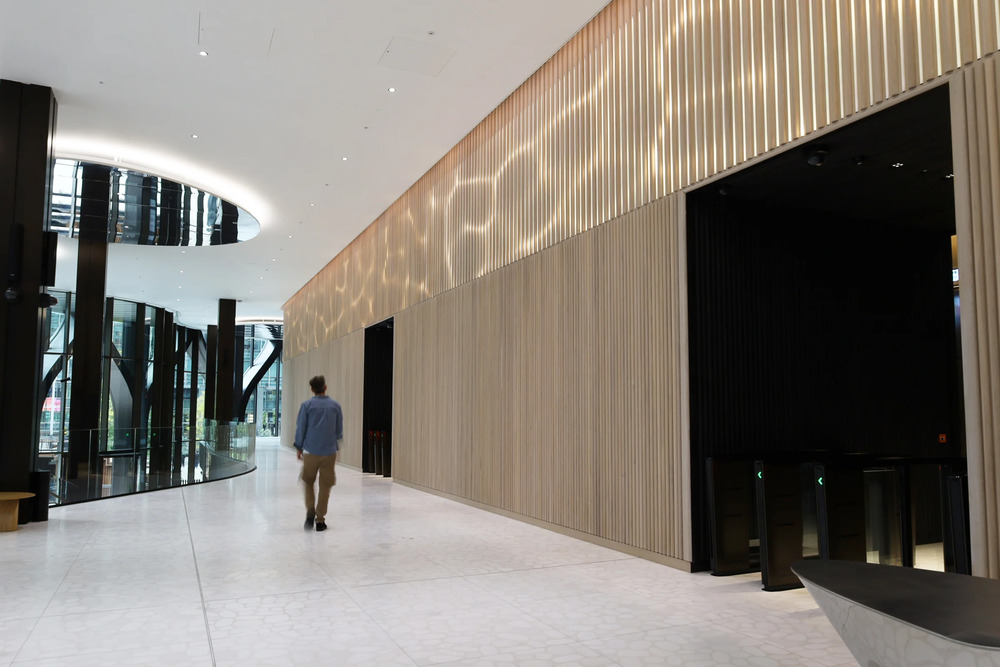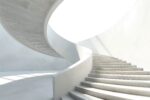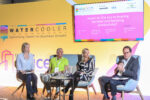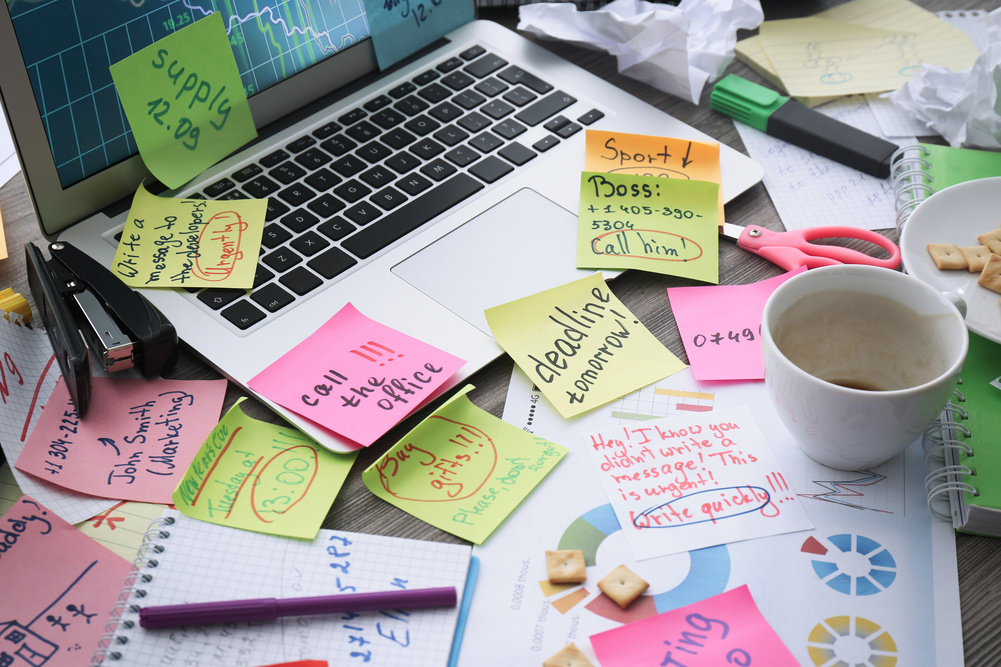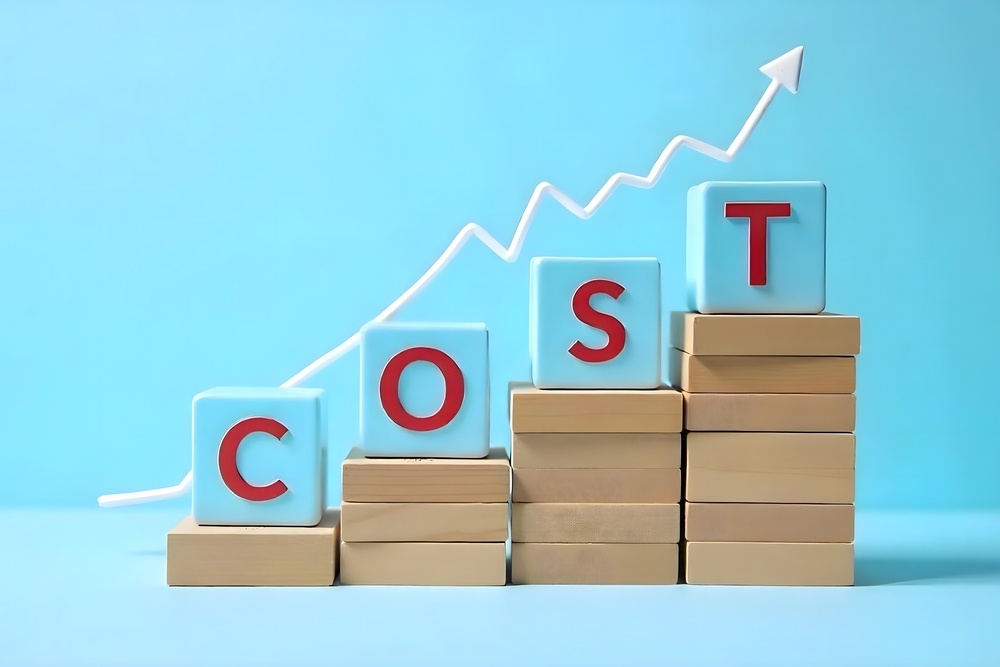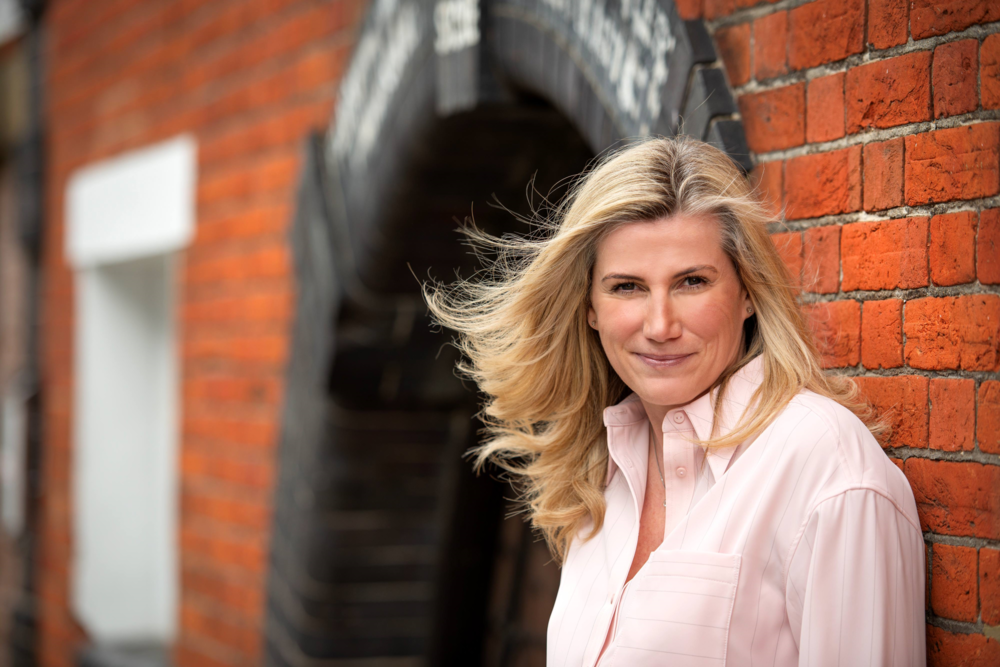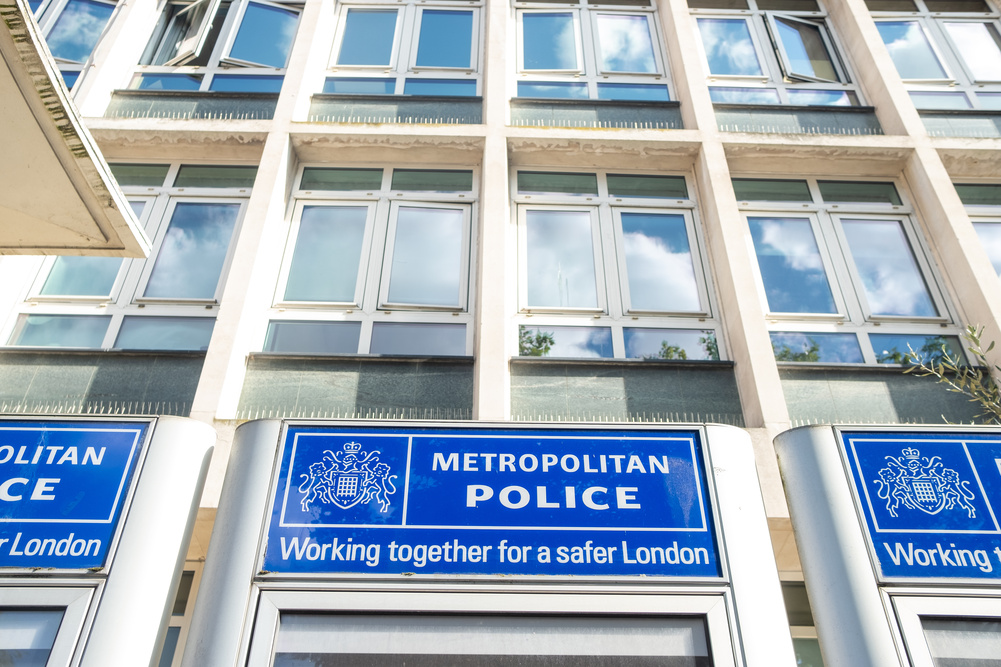London’s Canary Wharf is renowned for its towering skyscrapers and financial institutions, but the newly developed YY Building introduces a fresh perspective on commercial spaces—one that seamlessly integrates nature-inspired elements with cutting-edge technology. At the heart of this vision is a 40-metre-long interactive lighting installation, designed by Acrylicize, which explores the dynamic relationship between digital innovation and the natural world to create an ever-changing experience for tenants and visitors alike.
A vision for the future of workspaces
Developed by Quadrant and designed by BGY, the YY Building is a striking addition to Canary Wharf’s commercial landscape. Positioned just outside the bustling Canary Wharf Station, the building seeks to attract forward-thinking tenants by offering a space that embodies technobiophilia—blurring the lines between organic patterns and digital responsiveness. Acrylicize was commissioned to craft a unique centrepiece for the main lobby—one that would be both visually engaging and in constant evolution, aligning with broader bio-regenerative efforts in the area.
Sean Bendall-Whittaker, Head of R&D at Acrylicize, emphasised the inspiration behind the project:
“Both technology and nature adapt, respond, and develop based on external stimuli—something this installation highlights and explores.”
An ever-changing interactive installation
The installation consists of a timber-framed lighting rig embedded with LEDs, stretching across the length of the main lobby. It reacts in real-time to multiple environmental factors, including:
- The movement of people entering and exiting the building
- Shifts in local weather conditions
- The natural tidal patterns of the nearby River Thames
This dynamic design ensures that the piece never appears the same twice, creating a constantly evolving atmosphere that enriches the visitor experience. In addition, an integrated iPad control system allows occupants to personalise the lighting display, further enhancing user interaction.

Technobiophilia at the core
The installation is more than just an aesthetic feature—it represents technobiophilia, a concept that merges technological innovation with the organic world. The interplay of light mimics natural elements, but rather than simply incorporating nature into the space, it digitally translates organic patterns in a way that feels both immersive and responsive. The lighting rig draws inspiration from the surrounding docks, shifting cloud patterns above Canary Wharf, and the dappled sunlight filtering through the tree positioned at the heart of the lobby.
Creative Director at Acrylicize, Hannah Rummery, highlighted the significance of this approach:
“As more organisations embrace sustainability and biophilic design, this installation serves as a model for blending technological innovation with natural aesthetics.”
Overcoming design challenges
A key challenge for Acrylicize was to ensure the installation maintained its unpredictability while remaining visually cohesive. To achieve this, the design team employed advanced software tools, including Unreal Engine and Cinema 4D, to simulate natural forces such as gravity, turbulence, and wind. These digital simulations informed the final visual patterns, creating an authentic and fluid connection between technology and the natural world.
A model for future workspaces
As modern workplaces continue to evolve, the YY Building’s interactive installation sets a new standard for integrating technology with natural aesthetics. By crafting an environment that is both immersive and responsive, Acrylicize has created a space that not only enhances well-being but also fosters a deeper connection between people, technology, and their surroundings.
With its ability to adapt, respond, and evolve, the YY Building’s lobby installation is a testament to the future of workplace design—where sustainability, innovation, and biophilia come together to create something truly unique.
Find the original case study here.
You might also like:


